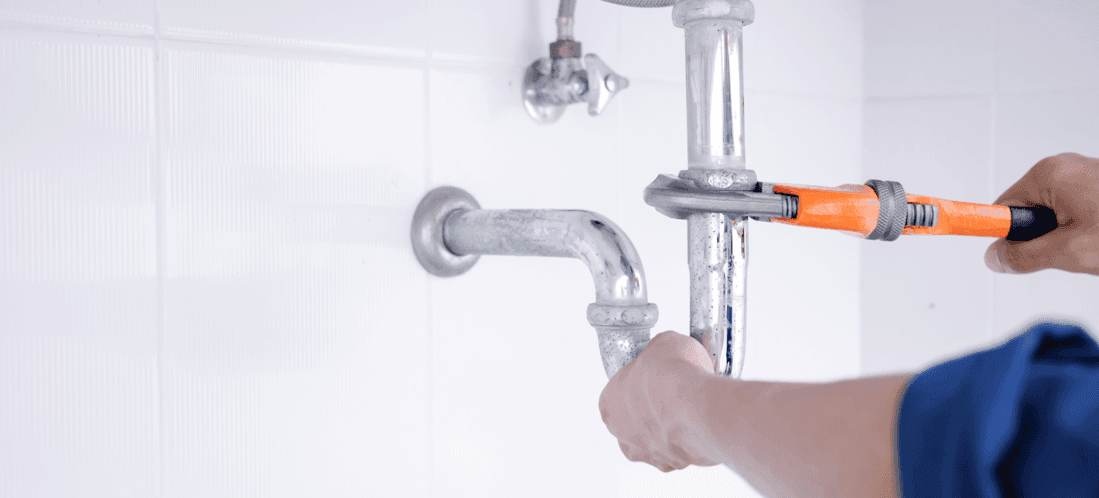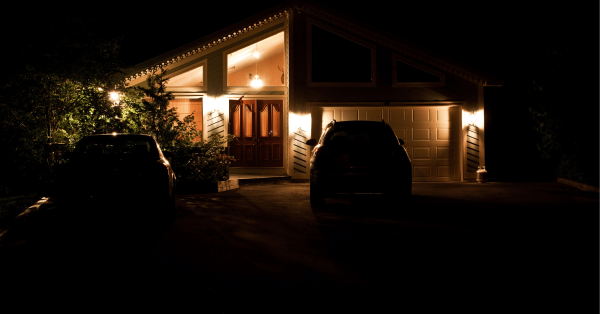As a Texas homeowner, you have a lot on your plate and plenty to worry about. Among your many responsibilities, it's up to you to take care of your home's plumbing system. Your plumbing system includes all the pipes, drains, appliances, and fixtures that carry and distribute water. In addition to being expensive to install, plumbing systems are also very costly to maintain and repair.
Because of how expensive and inconvenient plumbing repairs and maintenance are, many people are starting to invest in plumbing protection plans. As the name indicates, plumbing protection plans are a sort of insurance policy for your plumbing system. They're designed to protect you from costly repairs when you have a plumbing leak, a burst pipe, a damaged appliance, or various other issues.
5 Things to Know About Plumbing Protection Plans
Before signing up for plumbing coverage through a protection plan, there are a few things you should know.
Which Appliances are Covered by Plumbing Protection Plans?
Plumbing protection plans generally don't cover major appliances such as water heaters, washing machines, sump pumps, or water softeners. Plumbing protection plans are designed to pay for plumbing issues within your plumbing system. This includes the pipes and drains inside your home as well as waste and drain lines on your property.
However, every plumbing protection plan is different. As such, certain protection plans, such as the one offered by Rhythm Energy, will cover your water heater, garbage disposal, water softener, and other appliances and fixtures. However, you'll have to check the specifics of your plan to find out for sure.
Do Plumbing Protection Plans Cover Repairs and Maintenance?
The main appeal of plumbing protection plans is that they cover plumbing system repairs, including the following.
Plumbing leaks from water lines and drains inside your home.
Your waste and drain lines outside your home but on your property.
Plumbing vent pipes
Water fittings and valves
Main water shut-off valve
Clogged toilets, sinks, and showers
Bear in mind that these issues are typically only covered if they result from normal wear and tear, not because of something you did wrong or weather damage. Most protection plans also cover annual maintenance checks, which is a great way to avoid the need for expensive repairs.
How are Plumbing Protection Plans Different From Homeowners Insurance?
The main difference between plumbing protection plans and the plumbing warranty from your homeowner's insurance is what the different plans cover. Plumbing protection plans cover annual maintenance and repairs that result from normal wear and tear. Homeowner's insurance, on the other hand, usually doesn't cover wear and tear damage or maintenance.
Do Plumbing Protection Plans Have Limits?
While plumbing protection plans are generous, most of them have spending limits. In general, most protection plans max out at $1,000 to $2,000 per year or $500 for a single incidence.
What's the Best Way to Sign Up for a Plumbing Protection Plan?
There are several ways to sign up for plumbing protection plans. The most obvious option is to sign up directly through a plumbing company. While this is the most obvious option, it isn't always the cheapest, best, or most convenient one. Rather than signing up directly with the plumbing company, you can enroll in a plumbing protection plan through your electricity provider when you choose an electricity plan.
For instance, when you sign up with Rhythm Energy, an industry leader in renewable energy electricity plans, you have the option of choosing from a variety of electricity plans. This includes plans with plumbing and surge protection, as well as a heating and cooling protection plan. Each of our protection plans come courtesy of Cinch plumbing and heating home services, a reputable and reliable company. For just $9 to $25 per month depending on the plan you choose, Rhythm Energy will protect your electrical, plumbing, and HVAC systems. This will provide peace of mind and insurance in the event that anything should happen.




